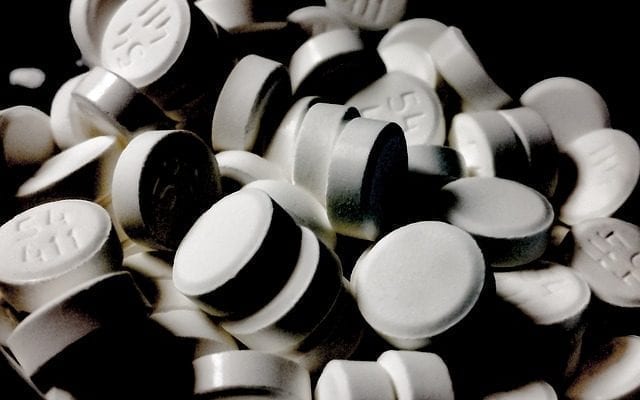
News
The Opioid Epidemic in America
Currently, the United States is dealing with one of the biggest health crisis it’s ever faced: opioid use and addiction. The sheer scale of this epidemic is hard to swallow, with over 64,000 lives claimed by it just last year. The problem has eclipsed it just being a public health risk, as it is now affecting things the economy, national security, and the young generations of our nation. To fully understand how the U.S. found itself in the throes of a deadly drug epidemic like this, you must go back in time and see how these drugs became so commonplace to in our lives.
In 1970’s, the popular painkiller medications Percocet and Vicodin were introduced to the public. Despite them being extremely effective in treating moderate to severe pain in patients, doctors quickly realized the addictive properties they had. Fast forward to the mid 1990’s, Purdue Pharmaceutical debuts OxyContin, pairing it with an aggressive marketing campaign that advertises that the drug is completely safe to use, while downplaying it already proven addictive qualities. Fast forward a few more years to 2002, and doctors are prescribing more opioids than ever to their patients. OxyContin is reported to have been prescribed 23 time more than when it was first introduced. By 2007, major pharmaceutical companies are making over $17 billion in revenue from opioid sales. At the start of 2010, the U.S. is consuming 99% of the worlds Vicodin and Percocet supply, while cheap heroin is beginning to make its way into the states from Mexico.
 At the height of opioid prescriptions being written for patients, over 259 million are given out, making it nearly enough for every person in America to have their own bottle of pills. With the sheer amount of opioid prescriptions out there, the addiction was sure to follow it. However, with the high cost of these prescriptions for some, people were unable to feed their addiction, which turned them onto cheaper alternatives: Heroin. Over the last decade, heroin has since become exceptionally cheaper than what it once was, costing over a third of the price paid for in the 1990’s, due to higher imports coming in from Mexican drug cartels.
At the height of opioid prescriptions being written for patients, over 259 million are given out, making it nearly enough for every person in America to have their own bottle of pills. With the sheer amount of opioid prescriptions out there, the addiction was sure to follow it. However, with the high cost of these prescriptions for some, people were unable to feed their addiction, which turned them onto cheaper alternatives: Heroin. Over the last decade, heroin has since become exceptionally cheaper than what it once was, costing over a third of the price paid for in the 1990’s, due to higher imports coming in from Mexican drug cartels.
It gets scarier though. In recent years, synthetic opioids have begun to be introduced in the market. The most popular one, fentanyl, is up to 50 times more potent than heroin, and requires very little to achieve the same high. Fentanyl is actually so potent, that sometimes first responders who are called to treat an overdose patient are exposed to this substance via touch or inhalation, which causes them to overdose too.
Since 1999, deaths caused by opioids have increased by a magnitude of 5. The amount of people killed by opioids just last year is 6 times the number of U.S. military service members killed in post 9/11 wars in the middle east. The mortality rate caused by opioids has contributed to the second straight year in decline of life expectancy in the United States. This extremely high rate is caused by high rates of HIV, hepatitis C, and other diseases caused by sharing needles, as well as overdoes. Mothers who develop an opioid dependency can also pass it on to their children while pregnant.
In addition, it has caused massive socioeconomic problems within America. Janet Yellen, the Federal Reserve chief, testified before congress, linking the opioid epidemic to declining labor-force participation in the workforce. In states hit hard hit hard by the epidemic, businesses are suffering from a shortage of workforce, causing much revenue to be lost to overseas competitors.
So what’s being done to curb the high amount of opioid use in America? Well, federal regulators have put new limits in place for how often physicians can prescribe opioids, which has reduced the nationwide total by 18 percent from their 2010 peak. The CDC also issued guidelines in 2016 which advises physicians to not turn to opioids as a first-line of therapy. In addition, the DEA has reduced production quotas for pharmaceutical companies by 25% for all opioids that designated a schedule II drugs, which includes oxycodone, morphine, and fentanyl.





0 comments